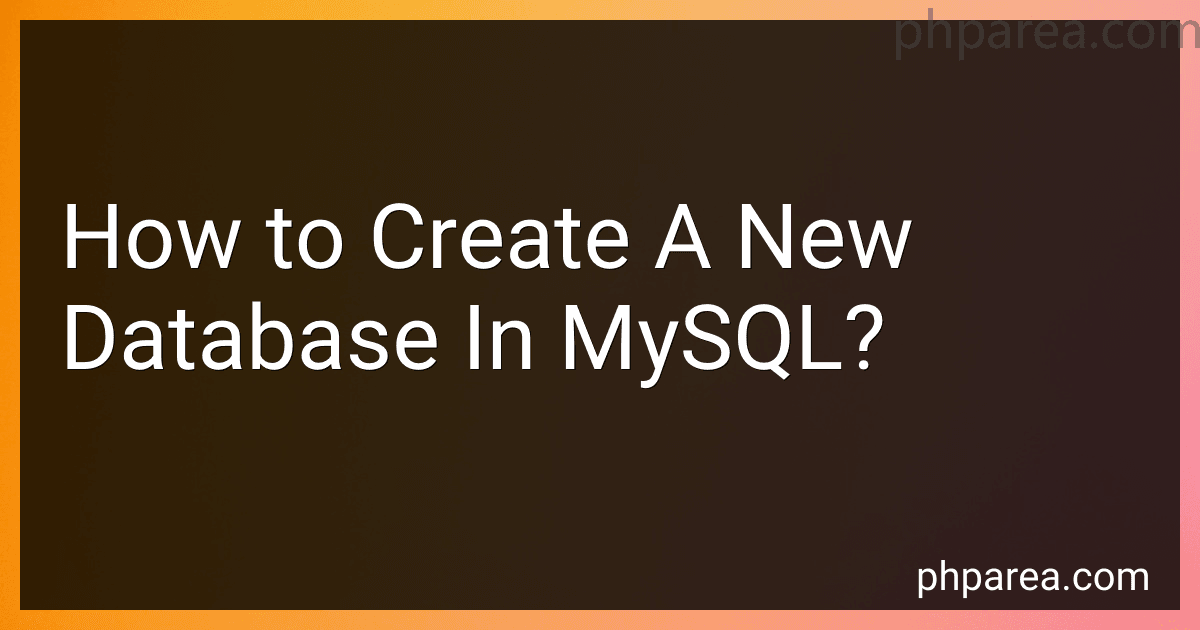Best MySQL Database Tools to Buy in December 2025
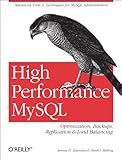
High Performance MySQL: Optimization, Backups, Replication, Load Balancing & More (Advanced Tools and Techniques for MySQL Administrators)



Concepts of Database Management (MindTap Course List)



Database Systems: Design, Implementation, & Management


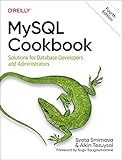
MySQL Cookbook: Solutions for Database Developers and Administrators


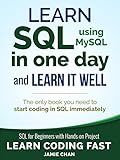
SQL: Learn SQL (using MySQL) in One Day and Learn It Well. SQL for Beginners with Hands-on Project. (Learn Coding Fast with Hands-On Project Book 5)


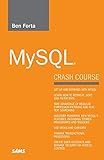
MySQL Crash Course


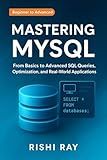
Mastering MySQL: The Complete Guide to Database Management and Optimization: From Beginner to Advanced SQL Queries, Database Design, and Performance Tuning ... From Beginner to Full-Stack Mastery Book 5)


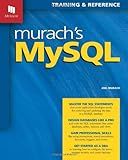
Murach's MySQL
- MASTER ESSENTIAL SQL STATEMENTS FOR MYSQL WITH EASE.
- STEP-BY-STEP GUIDANCE FOR CREATING ROBUST DATABASES.
- ENHANCE YOUR SKILLS AND BOOST YOUR CAREER IN TECH!


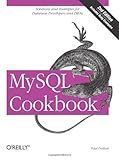
MySQL Cookbook
- AFFORDABLE PRICES FOR QUALITY READS-GREAT VALUE FOR BUDGET BUYERS!
- ECO-FRIENDLY CHOICE-SUPPORT SUSTAINABILITY BY PURCHASING USED BOOKS.
- UNIQUE FINDS-DISCOVER RARE TITLES NOT AVAILABLE IN NEW EDITIONS!


To create a new database in MySQL, you need to use the CREATE DATABASE statement followed by the name of the database you want to create. Here is the syntax to do so:
CREATE DATABASE database_name;
For example, if you want to create a database called "mydatabase", the statement would be:
CREATE DATABASE mydatabase;
Keep in mind that the database name should follow certain naming conventions and can contain letters, numbers, and underscores.
After executing the above statement, MySQL will create a new database with the specified name. You can then use this database for storing and managing your data.
Remember, creating a database requires appropriate privileges. Ensure that you have sufficient privileges to create databases.
What is the command for dropping a database in MySQL?
The command for dropping a database in MySQL is:
DROP DATABASE database_name;
Replace database_name with the name of the database you want to drop.
How to set a different storage engine for a new database in MySQL?
To set a different storage engine for a new database in MySQL, you can follow these steps:
- Connect to your MySQL server using a client such as MySQL Command Line Client, phpMyAdmin, or any other MySQL client tool.
- Create a new database using the CREATE DATABASE statement. For example, to create a database called "mydatabase", use the following command: CREATE DATABASE mydatabase;
- After creating the database, use the USE statement to select the new database for further operations. For example: USE mydatabase;
- Once you are inside the database, you can set the storage engine for tables in that database using the SET statement. For example, to set the storage engine to InnoDB, use the following command: SET storage_engine = InnoDB; Note: The storage_engine variable can be set to other available storage engines such as MyISAM, MEMORY, etc.
- From this point onwards, any new tables created within the "mydatabase" database will use the InnoDB storage engine by default. You can create tables using CREATE TABLE statements or through a GUI tool like phpMyAdmin.
Remember that the storage engine applies to newly created tables and doesn't affect existing tables. To change the storage engine for existing tables, you need to alter the individual tables using the ALTER TABLE statement.
What is the command to create a new database in MySQL?
The command to create a new database in MySQL is "CREATE DATABASE [database_name];"
What are the different storage engines supported in MySQL for a new database?
The different storage engines supported in MySQL for a new database are:
- InnoDB: The default storage engine for MySQL, known for its ACID-compliant transactions, row-level locking, and foreign key support.
- MyISAM: A simpler storage engine that offers high-performance storage and retrieval operations, but lacks transaction support and referential integrity.
- Memory: Also known as Heap, this engine stores data in memory for quick access, but data is lost when the server restarts.
- CSV: Stores data in comma-separated values (CSV) format, suitable for simple data exchange with other applications.
- Archive: Designed for high compression of historical data, with read-only access and limited support for queries.
- Merge: Allows combining multiple MyISAM tables with identical structure into a single virtual table.
- Blackhole: Accepts data for storage but does not actually store it, useful for replicating data to multiple servers.
- Federated: Allows data from remote MySQL servers to appear as if it is part of the local database.
- NDB: Also known as MySQL Cluster, this engine provides shared-nothing clustering and automatic sharding for high availability and scalability.
- InnoDB Cluster: A multi-master clustered version of the InnoDB storage engine, offering high availability and automatic failover.
Note that the availability of storage engines may vary depending on the specific version and configuration of MySQL.
